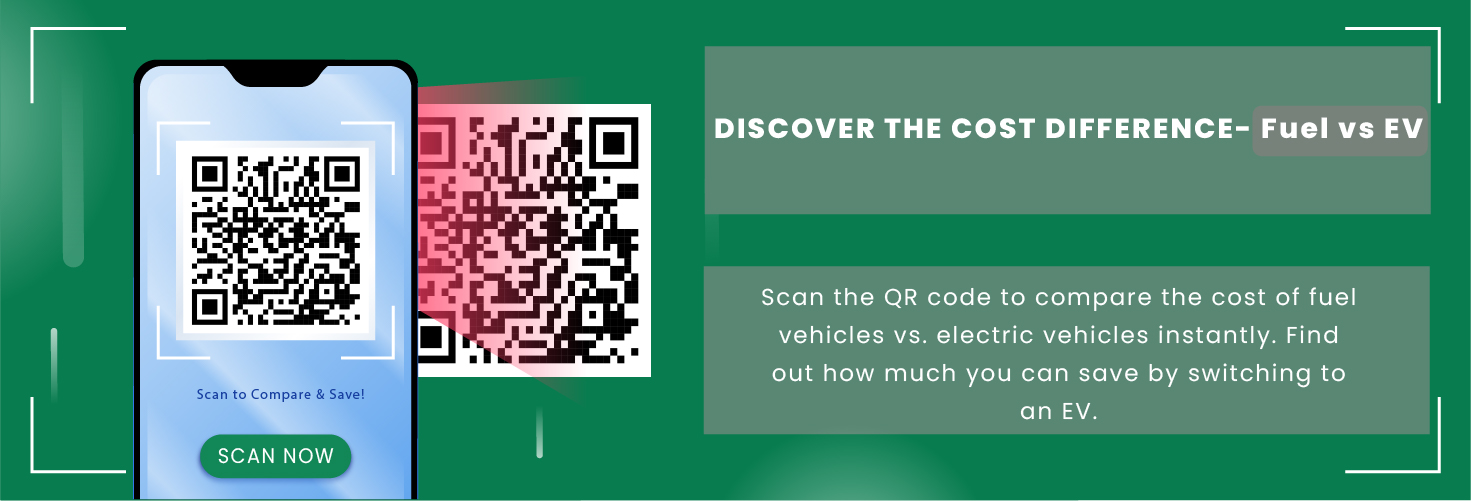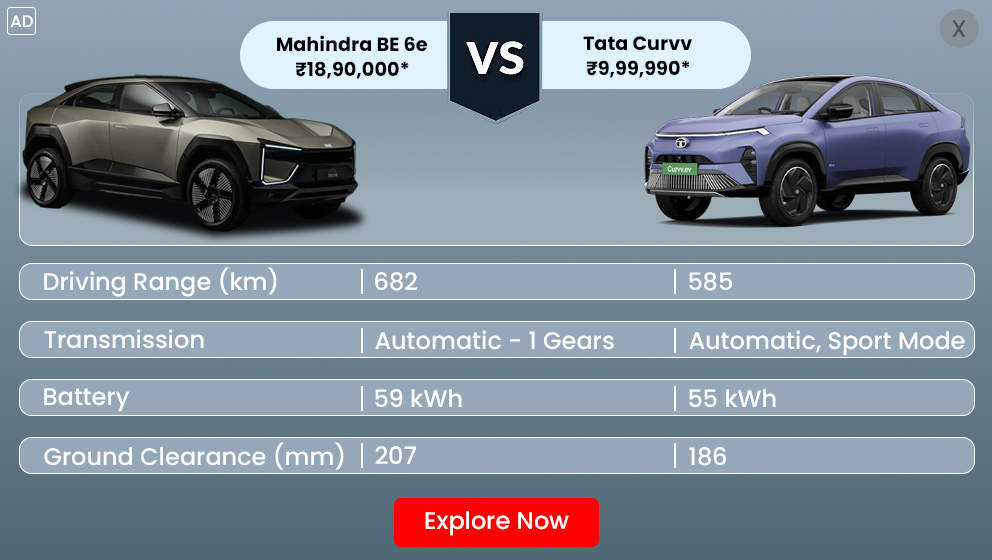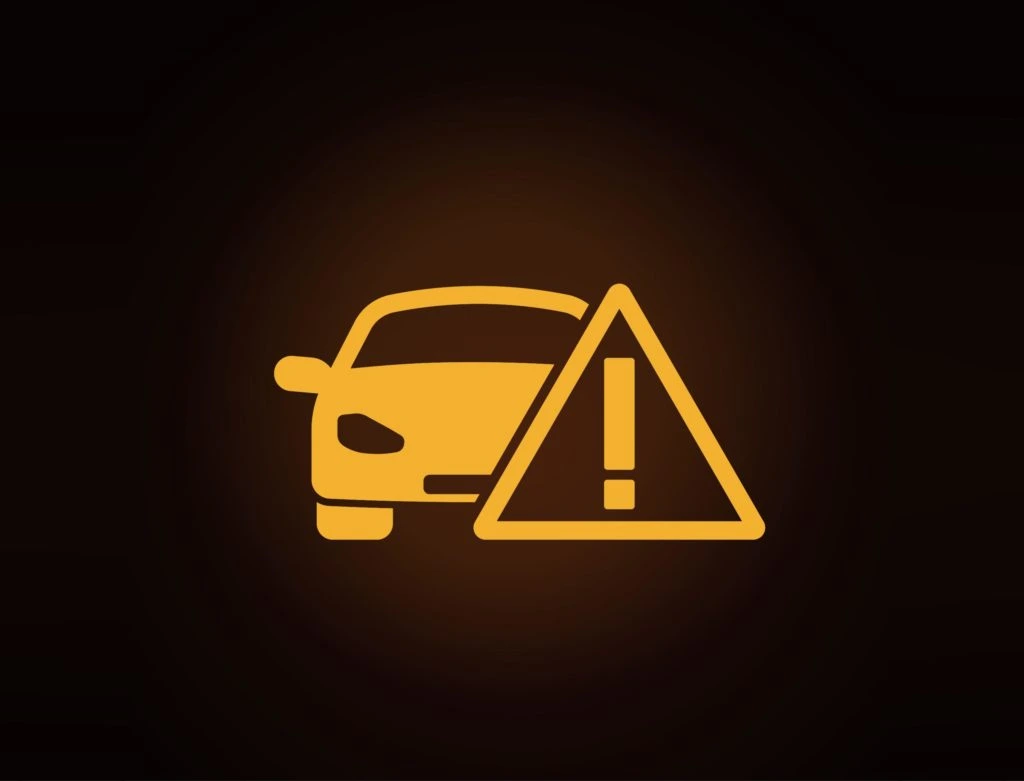As a car owner, understanding your vehicle's warning lights is crucial for maintaining its health and ensuring your safety on the road. Car warning lights are designed to alert you to potential issues, ranging from minor maintenance needs to serious mechanical problems. In this comprehensive guide, we will explore the most common car warning lights, what they mean, and how you should respond when they illuminate.
What Are Car Warning Lights?
Car warning lights are visual indicators on your dashboard that notify you of various vehicle conditions. These lights are part of your car's onboard diagnostic system, which monitors performance and detects any issues. When a problem is identified, the corresponding warning light will illuminate, alerting you to take action.
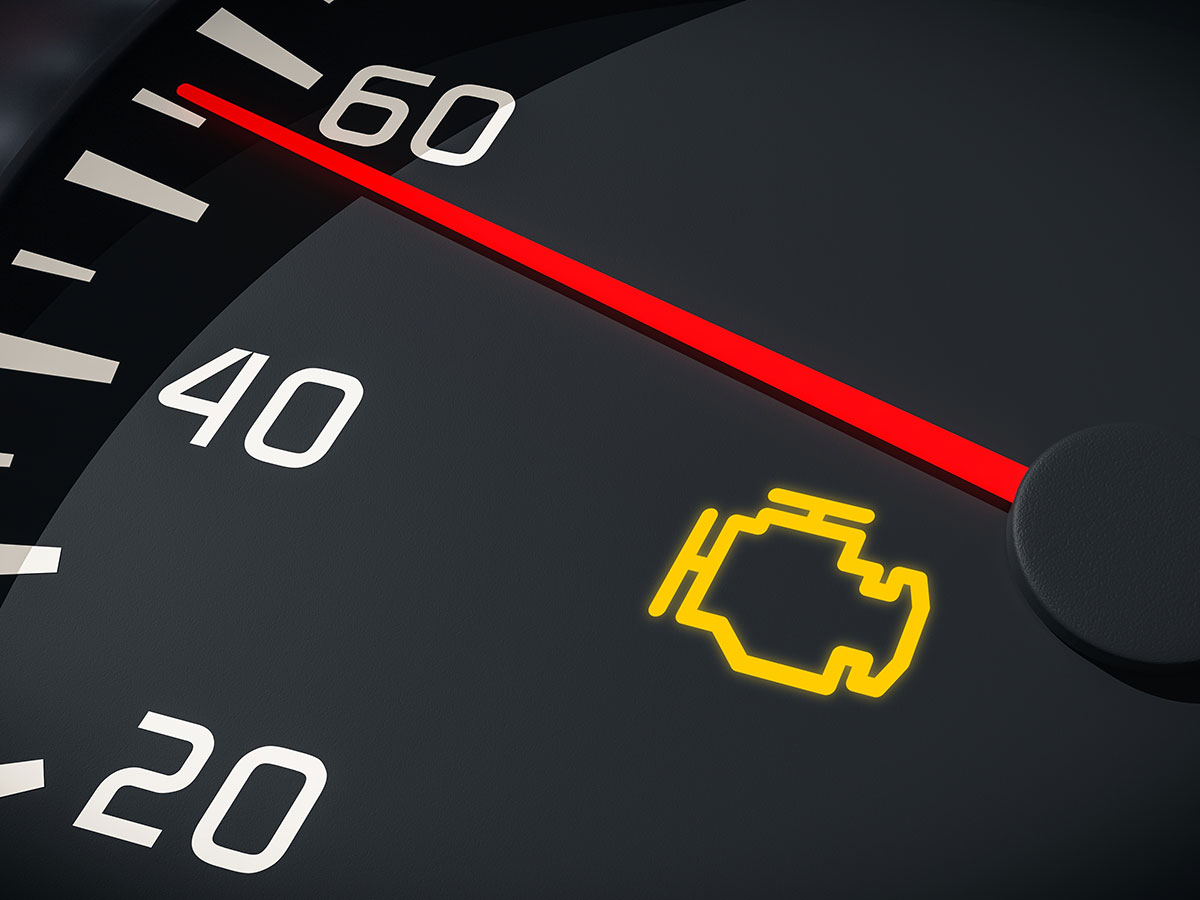
Common Car Warning Lights and Their Meanings
Check Engine Light:
Description: This light looks like an engine or reads "Check Engine."
Meaning: Indicates a problem with the engine or emissions system. It could be a minor issue like a loose gas cap or a serious problem requiring immediate attention.
Action: Check the gas cap first. If the light remains on, have your car inspected by a professional.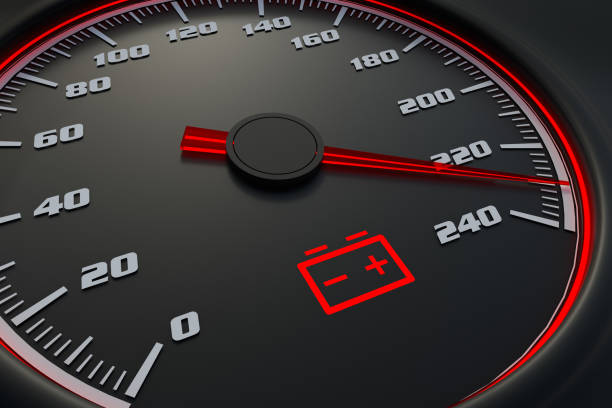
Battery Alert Light:
Description: This light resembles a battery icon.
Meaning: Indicates a problem with the car's charging system, possibly due to a failing alternator or battery.
Action: Have the charging system checked as soon as possible to avoid a breakdown.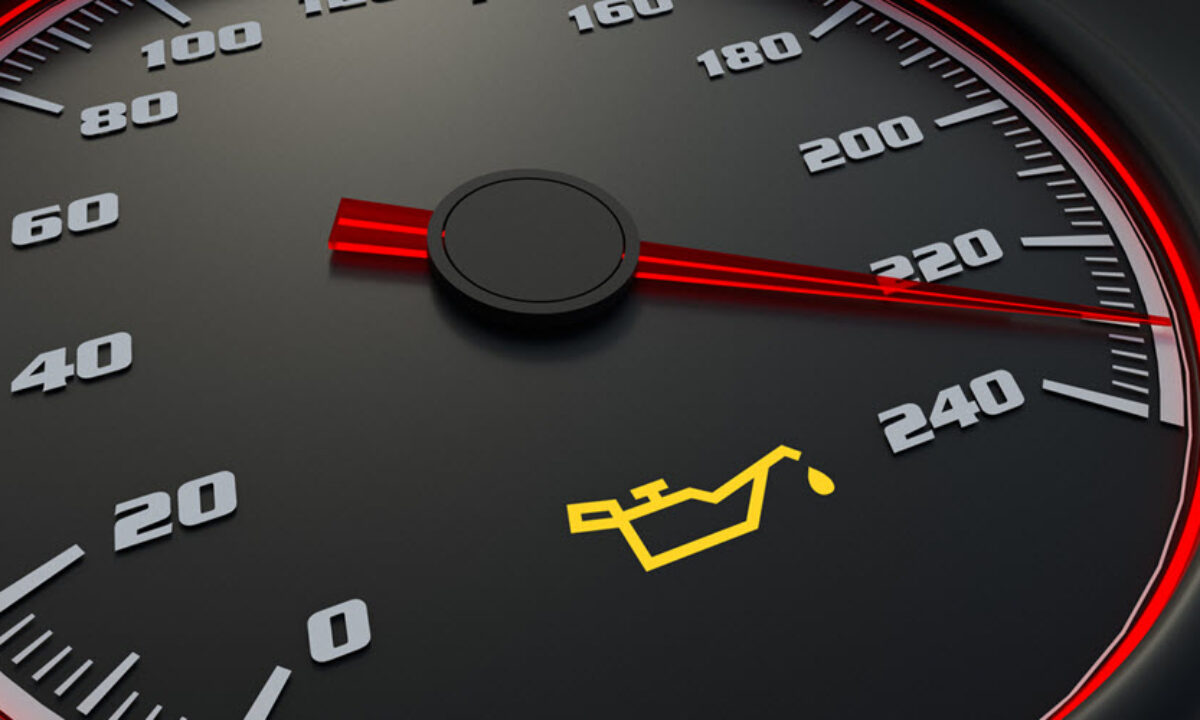
Oil Pressure Warning Light:
Description: This light looks like an oil can.
Meaning: Signals low oil pressure, which can cause severe engine damage.
Action: Stop the vehicle immediately and check the oil level. If low, add oil. If the light stays on, seek professional help.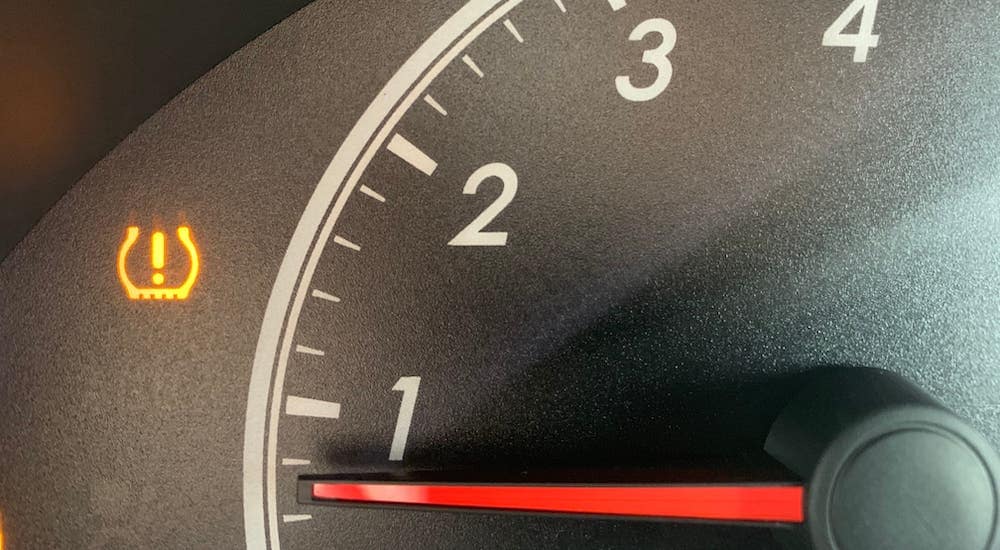
Tire Pressure Monitoring System (TPMS) Light:
Description: This light resembles an exclamation mark inside a horseshoe.
Meaning: Indicates that one or more tires are significantly underinflated.
Action: Check the tire pressure and inflate the tires to the recommended levels.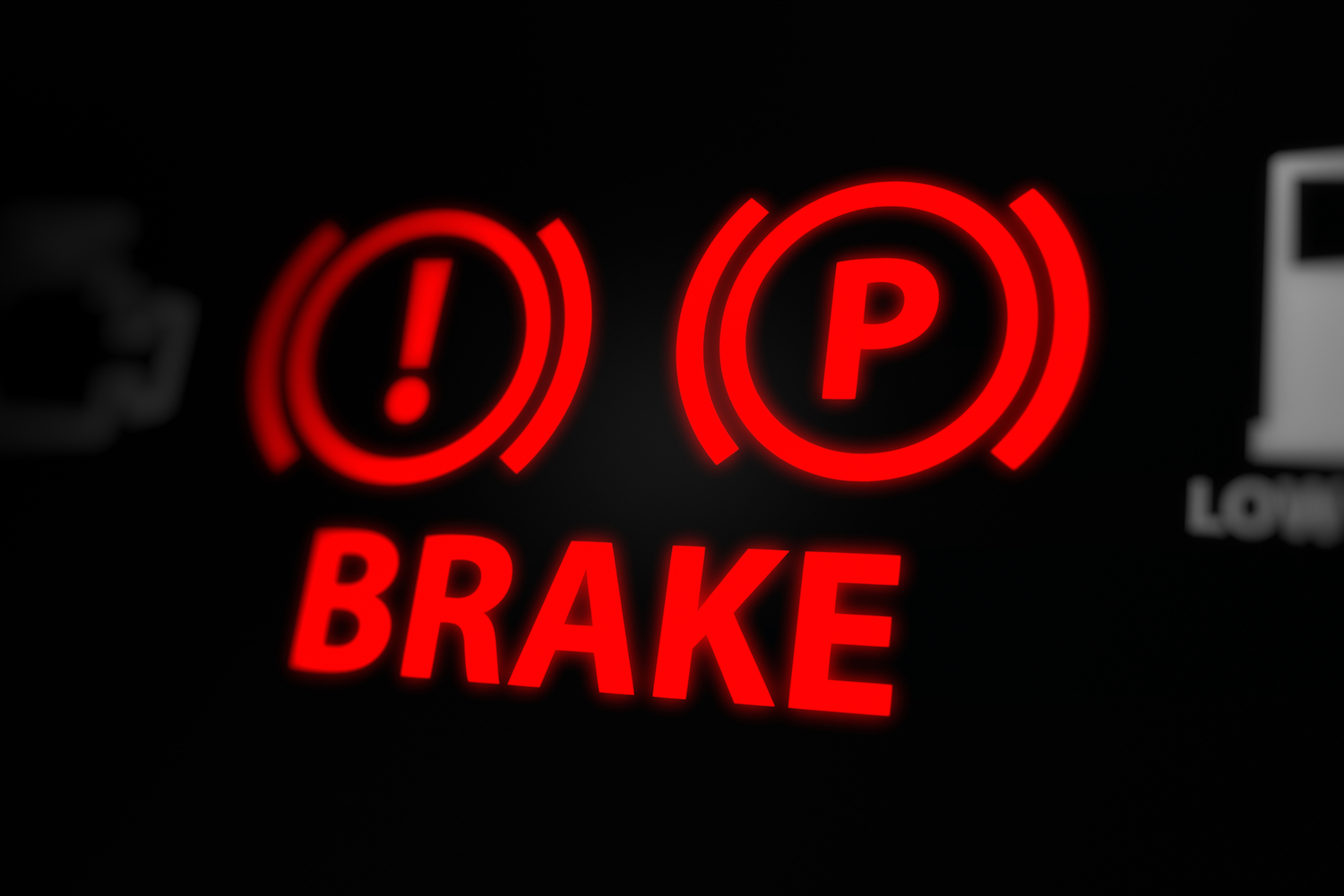
Brake System Warning Light:
Description: This light appears as an exclamation mark inside a circle or the word "BRAKE."
Meaning: Could indicate a problem with the braking system, low brake fluid, or that the parking brake is engaged.
Action: Ensure the parking brake is released. If the light remains on, check the brake fluid level and have the braking system inspected.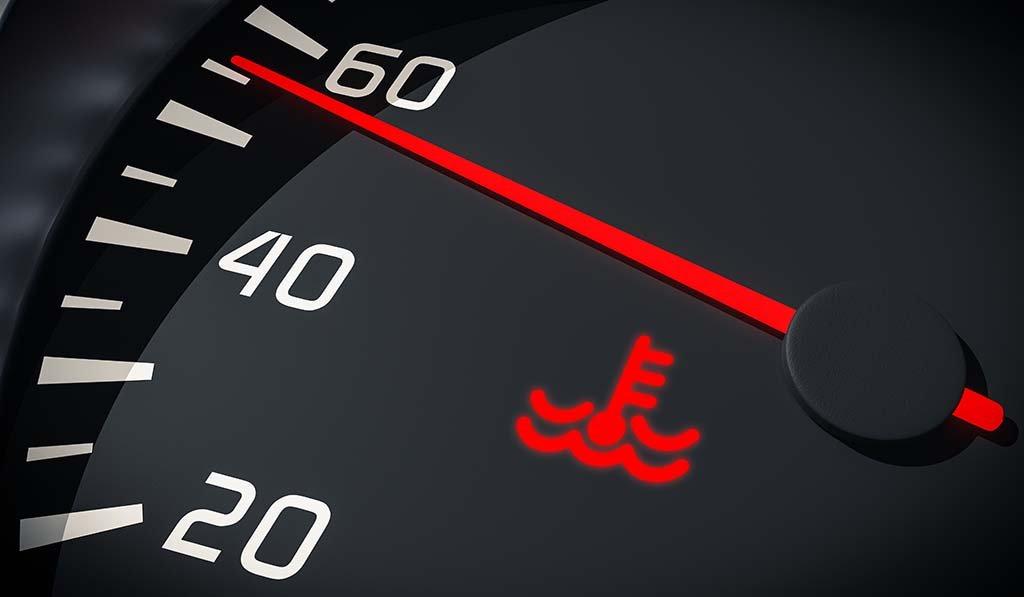
Coolant Temperature Warning Light:
Description: This light looks like a thermometer.
Meaning: Indicates that the engine is overheating.
Action: Pull over and let the engine cool down. Check coolant levels and look for leaks. Seek professional help if needed.
How to Respond to Car Warning Lights
When a car warning light illuminates, it’s essential to take appropriate action. Here’s a general guide:
- Don’t Ignore It: Never ignore a warning light. Addressing the issue promptly can prevent further damage and ensure your safety.
- Consult the Owner’s Manual: Your vehicle’s owner’s manual provides detailed information about each warning light and recommended actions.
- Perform Basic Checks: For lights related to oil, coolant, or tire pressure, perform basic checks and top up fluids or inflate tires as needed.
- Seek Professional Help: If you’re unsure about a warning light or if it indicates a serious problem, have your car inspected by a professional mechanic.
Conclusion
Understanding car warning lights is essential for every car owner. These lights are your vehicle's way of communicating potential issues, helping you maintain your car's health and ensuring your safety on the road. By familiarizing yourself with the common car warning lights and knowing how to respond, you can address problems promptly and avoid costly repairs. Stay informed and proactive about your car’s maintenance to enjoy a smoother, safer driving experience.
Also Read: Synthetic Oil vs. Conventional Oil: Understanding the Differences and Benefits
